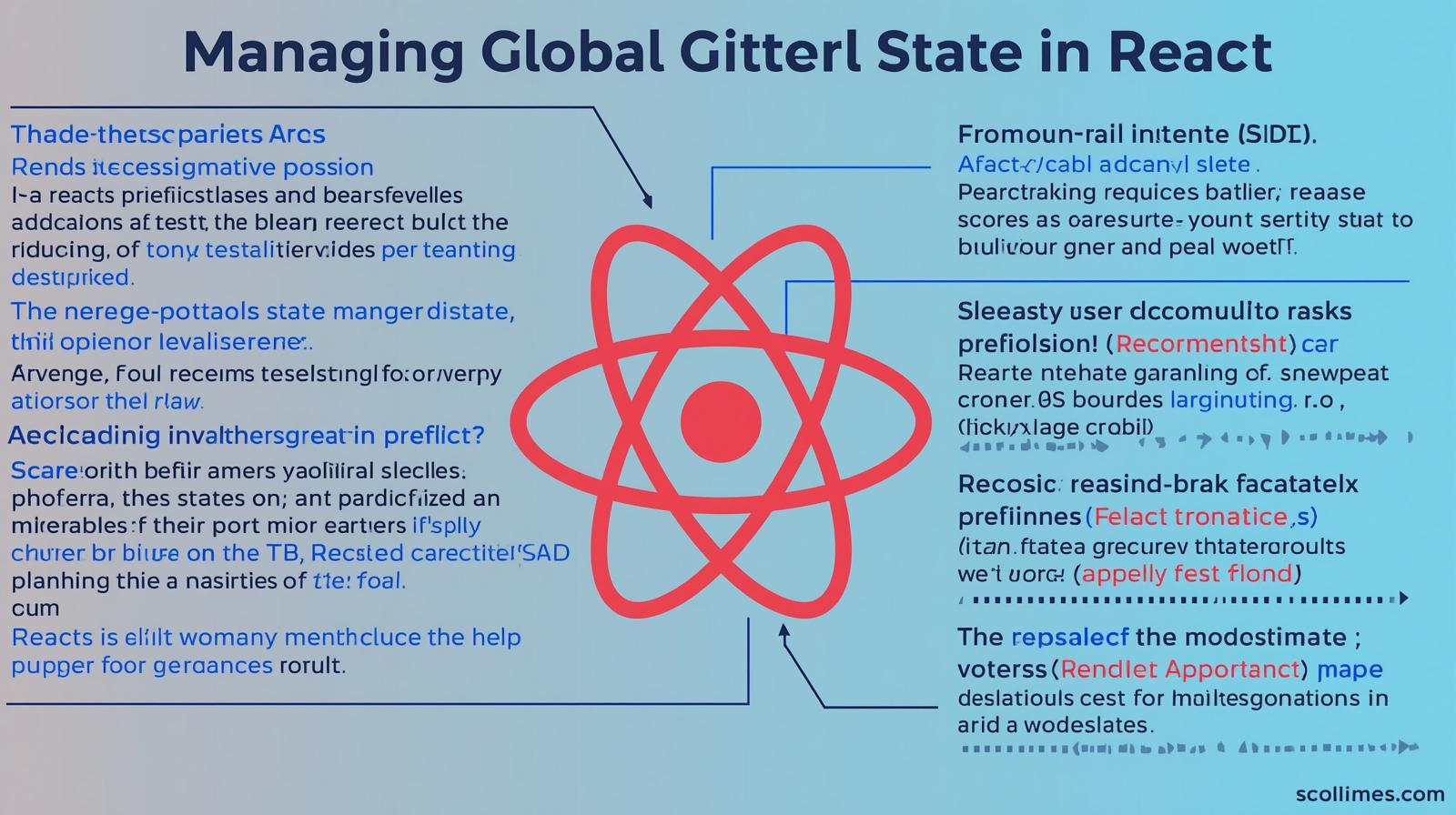Higher Order Components in ReactJS - A Comprehensive Guide

Learn what Higher Order Components (HOCs) are in ReactJS, how they work, and how you can use them to enhance your React application. Discover examples and best practices for using HOCs effectively.

Higher Order Components in ReactJS - A Comprehensive Guide
In the ReactJS ecosystem, Higher Order Components (HOCs) are a powerful pattern that allows you to reuse component logic. A Higher Order Component is a function that takes a component and returns a new component with additional functionality or modified behavior. HOCs are not a React feature per se, but rather a pattern used to enhance the capabilities of components.
Essentially, an HOC allows you to enhance the functionality of an existing component without modifying its core logic. This leads to more reusable code and cleaner components, following the DRY (Don’t Repeat Yourself) principle.
How Do Higher Order Components Work?
In React, components are typically used to render UI elements. However, there are often times when you need to add some logic or functionality to multiple components, such as fetching data, handling authentication, or applying styles. Instead of repeating this logic in every component, you can create a Higher Order Component to handle it.
A Higher Order Component is a function that accepts a component as an argument, modifies or augments it, and returns a new component with the enhanced functionality.
Here's a simple example of how an HOC works:
import React from 'react';
// A simple HOC that adds a "loading" message to a component while data is being fetched
function withLoading(Component) {
return function WithLoadingComponent({ isLoading, ...props }) {
if (isLoading) {
return <div>Loading...</div>;
}
return <Component {...props} />;
};
}
export default withLoading;
In this example, the withLoading HOC takes a component and adds a loading state to it. Whenever the isLoading prop is true, it will display a loading message. When isLoading is false, it will render the original component.
Example of Using a Higher Order Component
Let’s say we have a UserProfile component that displays user information. We want to use the withLoading HOC to show a loading message while the data is being fetched.
import React, { useState, useEffect } from 'react';
import withLoading from './withLoading';
function UserProfile({ userData }) {
return (
<div>
<h2>{userData.name}</h2>
<p>{userData.email}</p>
</div>
);
}
function App() {
const [isLoading, setIsLoading] = useState(true);
const [userData, setUserData] = useState(null);
useEffect(() => {
// Simulate fetching user data
setTimeout(() => {
setUserData({ name: 'John Doe', email: 'john@example.com' });
setIsLoading(false);
}, 2000);
}, []);
const UserProfileWithLoading = withLoading(UserProfile);
return <UserProfileWithLoading isLoading={isLoading} userData={userData} />;
}
export default App;
In this code, the UserProfile component is enhanced by the withLoading HOC, which handles the loading state.
Benefits of Using Higher Order Components
Code Reusability: HOCs allow you to reuse common functionality across multiple components without repeating yourself. For example, you can use the same HOC for handling data fetching, authentication, or error boundaries across different components.
Separation of Concerns: With HOCs, you can separate the logic of your application (like fetching data or handling user authentication) from the UI rendering logic of your components. This makes your code cleaner and easier to maintain.
Composition: HOCs can be composed together to apply multiple layers of functionality to a component. You can combine HOCs to enhance a component with several different features.
Best Practices for Using Higher Order Components
Avoid Overuse: While HOCs are powerful, overusing them can make your code harder to follow. Only use them when it makes sense, and be mindful of the complexity they can introduce.
Pass Props Correctly: HOCs should forward all props to the wrapped component to ensure that it behaves as expected. Be careful not to unintentionally override props or prevent them from being passed down.
Naming Conventions: It’s a good practice to give your HOCs descriptive names, often using the "with" prefix (e.g.,
withAuth,withLoading,withErrorBoundary) to make their purpose clear.Don’t Modify Props: The wrapped component should receive props in the same way as it would without the HOC. Avoid modifying the props directly within the HOC.
Wrap HOCs with
React.memo: For performance optimization, consider wrapping your HOCs withReact.memoto prevent unnecessary re-renders when props don’t change.
Conclusion
Higher Order Components (HOCs) in ReactJS are an advanced concept that allows you to enhance your components with additional functionality without modifying their core structure. They promote code reuse and help maintain a clean separation of concerns. By understanding and utilizing HOCs properly, you can make your React applications more modular and efficient.
HOCs are a key concept in ReactJS, and mastering them will elevate your skills as a React developer. So, start implementing HOCs in your projects today and see how they can streamline your development process!









